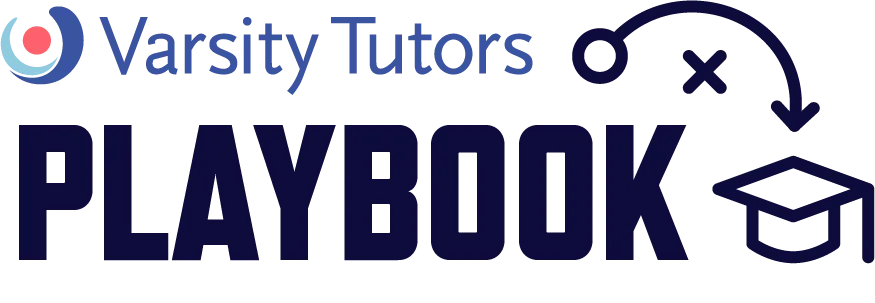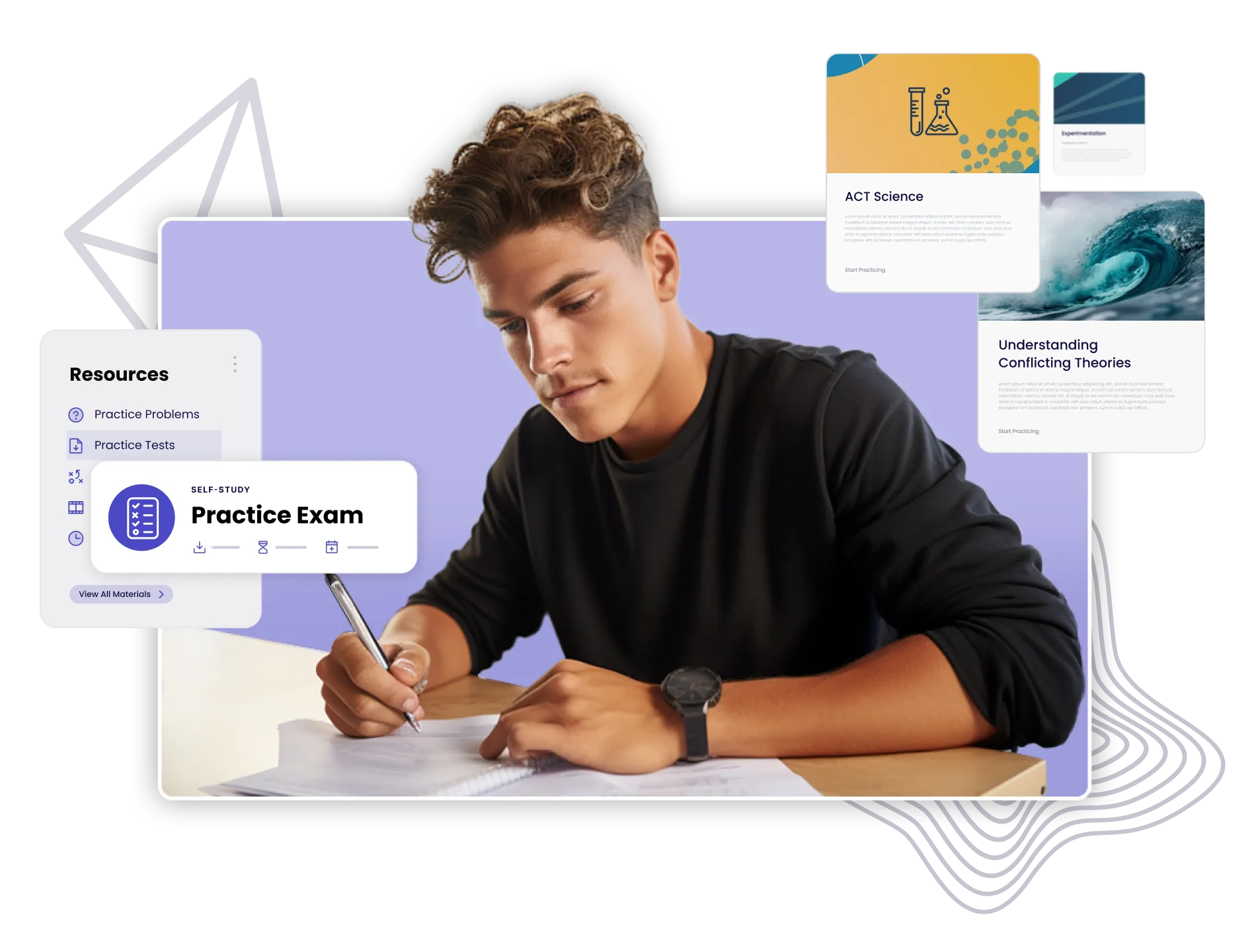Six Ways To Spring Forward Academically

When people talk about the ebbs and flows of the academic calendar, it’s easy to fixate on the interruptions to learning: the summer slide, getting caught up in fall, being ready for the winter and summer breaks. But one season is free and clear of negative academic connotation, and in fact is synonymous with optimistic advancement: spring.
Now, to be fair, learning can be in style in any season, so these tips are universally applicable. But in honor of springtime weather and clocks springing forward, let’s investigate six ways you can help your child use spring as an academic springboard.
1. Give them time on task
Academic research consistently shows that the primary driver of academic improvement is time on task. The more time a student spends actively learning or practicing a subject, the better they get. The greatest value-adds from the great many educational innovations and efforts, from project-based learning through reduced student-teacher ratios, tend to come directly from the fact they keep students actively engaged with core subjects.
So find ways to give students more time directly working with the skills that matter most. That can come from tutoring and after-school classes, particularly when well-matched to a student’s ability and needs so that it’s not just “more time” but in fact “more time on task.” And it can come from frequent library visits to encourage more reading time, enrichment activities that involve math and science, and other ways to get them using their minds outside the classroom.
2. Emphasize inputs over outcomes
A great thing about “time on task” being a primary driver of academic improvement is that it provides a clear path to the desired outcome. Importantly, we should use the same logic in helping students achieve their goals (or our goals for them): show them the steps they can take that we know will lead to success.
Research shows that when parents and teachers emphasize and reward inputs, such as attendance and completion of assignments, students perform better than when the emphasis is placed on outcomes, such as grades and test scores. And the logic is that the focus on inputs puts students directly in control of something they know they can do, whereas an emphasis on outcomes like grades and scores can feel more nebulous and less controllable.
Parents may remember one of the most successful student achievement programs, Pizza Hut’s Book-It program, where the proposition was simple: read books, get pizza. Students were fully in control of the inputs (reading) and the outcome (reading test scores) naturally followed. So as you set goals and routines with your learners, work to outline and celebrate the steps that you know they can control and that you know will lead to success.
3. Integrate learning with life
One of the most common phrases that parents and teachers hear is the old classic, “when am I ever going to use this?” And although it’s a frustrating question to have to answer, it’s an important one: when students see their education as relevant, they give it more focus and attention (which leads back to time on task and students doing the inputs that lead to success). And there are two ways to do that:
One is to look ahead at what they’ll learn soon and find ways to link it to their lives. And you don’t have to make it up on your own: Google, Chat GPT, and fellow adults (parents and teachers) can be great resources to arm you with reasons your student should embrace what they’re learning.
The other is to find ways to take what they’re interested in and link it to academic skills, whether math, reading, and science or just learning how to learn. Are they watching college basketball’s March Madness? They can investigate probabilities and basketball statistics, or just learn more about the schools, their locations, and their mascots. Is the weather just too good to sit inside? Challenge them to see how many different birds or flowers they can identify and research. A classic answer to their classic “when am I ever going to use this” is that, often, they’re learning how to think, remember, classify, and analyze. Those things can easily be done through hobbies, too–and in those cases you can rest assured they won’t ask that classic question.
4. Coach curiosity
By this point in the school year, it’s easy for students to feel that they’re being bombarded with lots of things they “have to” learn. The first half of the year gets the novelty of a new classroom, teacher, and friends with the holiday season kicking in just as the routine starts to become monotonous. During springtime, that routine can feel like a rut. And that’s when it’s important to help your student rediscover that boundless curiosity that they had a few years ago when they couldn’t stop asking “why” or stopping every few steps to investigate something simple.
How? A great method for grownups is just to model curiosity for them, and two simple steps can help. One, demonstrate curiosity in your own life: come to the dinner table excited to tell them something you learned during your day, or carve out time in your schedule for them to see you reading (or all read together as a family). Make a point to take an enrichment class or plan a museum trip, which can all reinforce the idea that learning isn’t something you “have to do” as a student but something that’s valuable and enjoyable at every age.
And secondly, show enthusiasm for the things they “get to” learn (even if you remember “having to” learn it yourself). If you remember reading one of the books they’ve been assigned, tell them something you remember about it; if you haven’t, read the book jacket and tell them why it sounds interesting. Ask them questions about what they’re learning–not just “did you do your homework” and “when is it due” but “how does that scientific process work” and “can you show me how you did that problem?” If you’re curious about the subject matter they’re learning, you give them a reason to appreciate it, too.
5. Ask the five whys
Of course, as most parents find out, kids don’t always love talking about their days in the amount of detail we’d like. Fortunately, though, there are techniques that you can borrow from the worlds of user experience, sales, and customer service. One such technique is “the five whys,” which suggests that for every answer you hear, you should find a way to ask “why” until you’ve gotten to the fifth level. Why? Because initial answers to be surface level, but the truly actionable insights come a few layers deeper.
For example, a student might say that a test was hard because they don’t love a subject…but as you ask why you might learn that it’s because of a group partner that’s stifling their input or some contextual knowledge a teacher assumes they have that you can fill in. Following up your student’s answers with “that’s interesting, why?” or “I’m curious, why is that?” can help draw out insight that identifies potential learning issues when it’s still early to correct them, and overall just get your learner talking about their experiences in ways that help you understand them even more.
6. Remember: the brain is a muscle
It’s easy for education advice to focus exclusively on the brain without the context surrounding it: it’s a muscle that just like all other muscles thrives on hydration, nutrition, fresh air, exercise, and rest. So while it’s important to exercise the brain with academic time on task, it’s also extremely important for young learners to get plenty of rest, physical activity, and nutrition.
Springtime is a great time for kids to benefit from the two-part process of 1) plenty of outdoor activity that leads to 2) an early bedtime and sound night’s sleep. Which is a great opportunity not just to rest that ever-important brain muscle, but to give the subconscious mind plenty of time on task, too.

